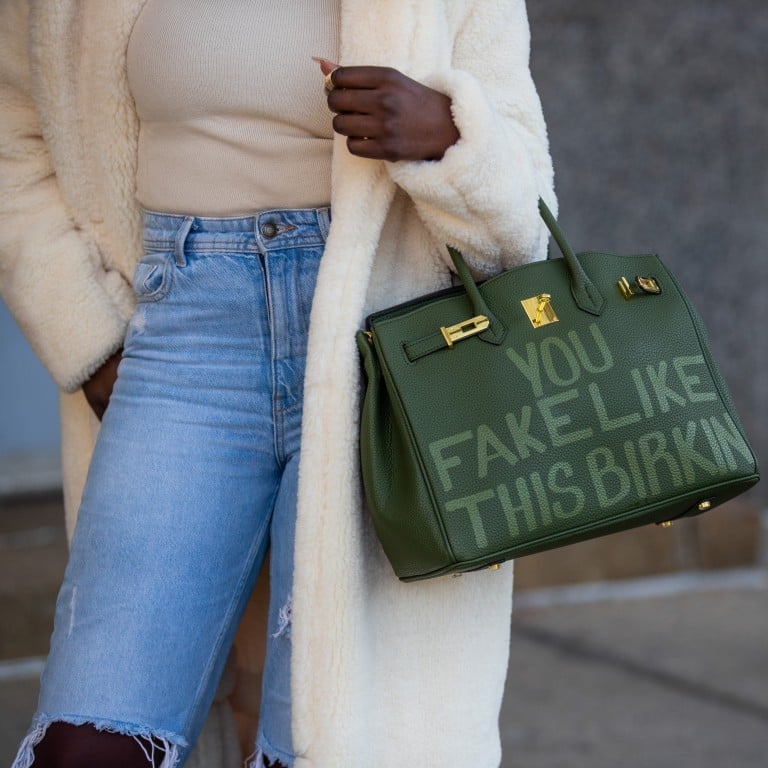Inside the rise of the superfake handbag: from Gucci knock-offs and Dior dupes, to Hermès Birkins that look just like the real thing, copycat manufacturers are scarily good – and Gen Z loves it

- Many superfake creators use the same Italian leather suppliers as the fashion houses; luxury brands reportedly lost over US$50 billion in potential sales in 2020 due to fakes
- Gen Z TikTokers have fully embraced the superfake, normalising the practice of scouring the internet for the best suppliers and flaunting their best copycat designer gear online
Designer brands have been combating knock-offs for decades, but a rising category of “superfakes” can trick the most experienced experts. Fabricators have become increasingly savvy at making a product look eerily similar to the real thing.
Here’s how superfakes became so difficult to tell apart from the real thing.
What is a superfake?

Those who couldn’t afford the designer price tags went to thriving street markets like Canal Street in New York City, where sellers hawk counterfeit handbags, wallets and shoes. Most of these fakes weren’t fooling anyone. They may have had a Gucci or Chanel logo, but they were cheaply made and often had telltale signs of inauthenticity, like fake leather, inconsistent stitching or low-quality hardware.

But superfakes are not your Canal Street knock-off. Chinese manufacturers have become increasingly skilled at replicating designer goods in such detail that even the most experienced authenticators can struggle to decipher a superfake.
According to a New York Times article, these manufacturers are known to source leather from some of the same Italian suppliers as the fashion houses and often buy the real designer handbags to study how they are made.
How did superfakes get so popular?
